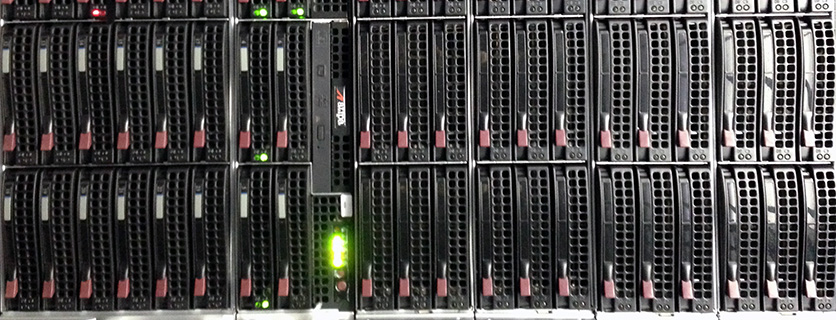
Computational Facility
CREPS: Computational Research in Earth and Planetary Sciences
Over the period 2010-2011, Northwestern’s Department of Earth and Planetary Sciences (EPS) acquired and built a new computational facility, named CREPS. The primary goal of this acquisition was to provide a robust EPS computational infrastructure that would be easy to access and navigate by students. CREPS and its maintenance have been funded by the National Science Foundation (NSF), Northwestern University, the Department of Earth and Planetary Sciences, and Professor van der Lee’s funding. The facility includes the following:
A computing laboratory with workstations
These workstations are identically equipped with geophysical software to promote teaching, sharing, cooperation, advising, and coaching. The iMacs were most recently replaced in 2017.
| Principal Investigator | Suzan van der Lee |
| Office Address | Technological Institute F491, 2145 Sheridan Road, Evanston, IL 60208 |
| Office Phone | 847-491-8183 |
| Department Address | Technological Institute F374, 2145 Sheridan Road, Evanston, IL 60208 |
Access to Northwestern University’s high-performance computing facility: Quest
Graduate students receive accounts as part of their research advisor's project allocations or can apply for their own project allocation.
A research and development compute cluster
The cluster is a small rack of dedicated multi-node, multi-core equipment, which provides fast parallel computing for data processing and analysis as well as data modeling and data simulation. The cluster has been expanded to hold nearly 20 Tb of data.CREPS is accessible to all EPS members. The compute clusters have been used for climate science, seismology, mineral physics, theoretical geochemistry, and planetary science. The computing laboratory has been used for teaching scientific and spatial computing and other quantitative courses such as on inverse methods and climate modeling, as well as for research, research group work and meetings, and as a workspace for undergraduate researchers and summer interns, among other uses.

A GPU server for parallel computing
Originally used for displaying graphics in computer games, graphical processing units (GPUs) are now increasingly being used in scientific applications. A GPU is an extra piece of hardware that is attached to the main computer, and it can contain hundreds to thousands of processing units called cores. The GPU is ideal for situations where the same operation needs to be done on a large dataset. For example, a matrix multiplication AB = C will need to be done element by element on a traditional CPU, but the GPU can potentially perform thousands of multiplications simultaneously, providing a significant speedup in processing time. On the other hand, calculations that depend on the results of other calculations are not handled well by GPUs.
